There’s A Tree In Sabah That Bleeds Metal & Scientists Say It Might Help Us Save The Environment
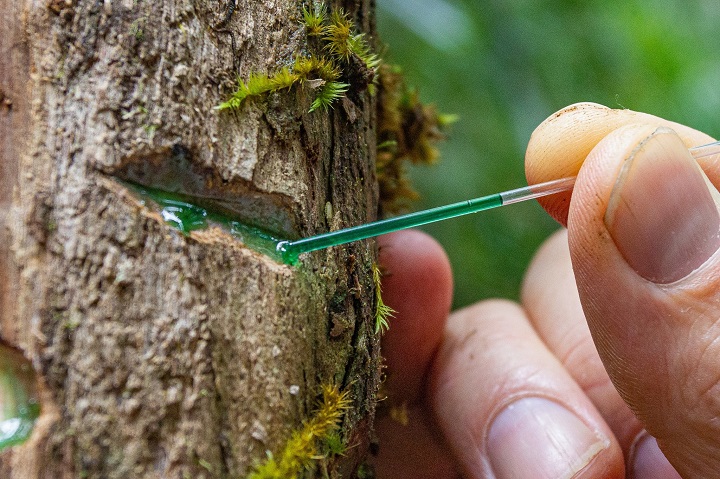
Subscribe to our Telegram channel for the latest stories and updates.
Not many may be aware, but Malaysia is officially recognised as the 12th most megadiverse (biodiversity-rich) country in the world. This green crown was bestowed to the equatorial nation for harbouring the majority of the Earth’s species along with high numbers of endemic species.
According to the Malaysia Biodiversity Information System, the full extent of the country’s flora diversity is not fully known but it is estimated to consist of at least 15,000 species.
Due to this, new species of plants continue to be discovered in the region, such as the Phyllanthus rufuschaneyi: the tree that bleeds metal.
The accidental discovery of the metal-bleeding tree
In 2013, a staff at Kinabalu Park planted a bunch of Phyllanthus plants of unknown species in the garden. The plant was collected from an unknown location near the Kinabalu Park boundary.
Around that time, a group of scientists led by Dr Antony van der Ent, a researcher at the University of Queensland, were collecting plant samples of plants around Sabah to look for hyperaccumulators.
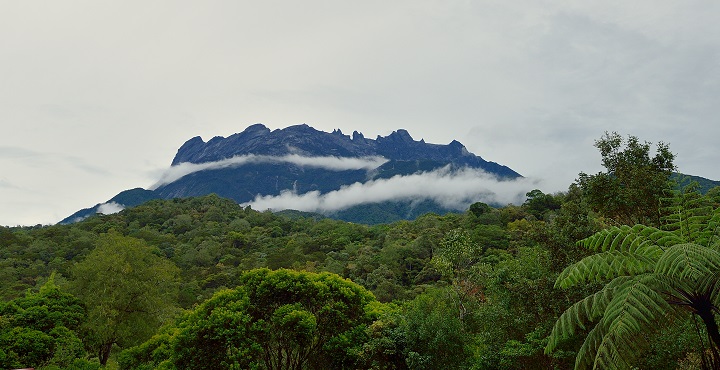
(Credit: Tourism Malaysia)
Hyperaccumulators are plants that have evolved to take up usually toxic metals like nickel and zinc into their stems, leaves and even seeds. They don’t just tolerate these toxic metals though, they crave it. The roots of these hyperaccumulators eagerly soak up the metal from the soil, and no one really knows why.
Scientists think that it could be an evolutionary trait to fight off pests, or even help in the uptake of potassium from the soil.
What scientists found in the plant was the evidence of a strong nickel hyperaccumulator, among the strongest known globally with the exciting potential for future agromining, where metal is extracted through plants.
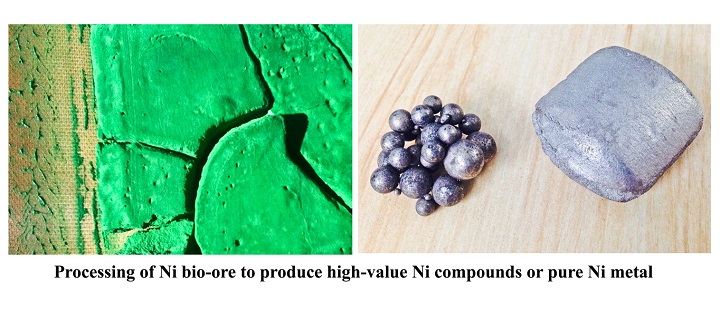
(Credit: EcoRCE/IAC/G Losfeld, A Baker, Sociétéle Nickel, R. Chaney, A. Bani, J. Vaughan)
So when you cut into the Phyllanthus rufuschaneyi tree, it “bleeds” a dark blue-green sap full of nickel. This nickel-rich sap is also far more concentrated than nickel ores currently used in the world’s metal smelters.
The Phyllanthus rufuschaneyi species was discovered again during scientific fieldwork in 2015 at Lompoyou Hill in the Kinabalu Park. This time the plant was growing abundantly. Further testing revealed that the metal-bleeding tree was the best known tropical “metal crop” due to some pretty advantageous characteristics.
For one, the tree has extremely high levels of nickel accumulation. It also grows pretty fast and has tolerance for exposed conditions on eroded soils.
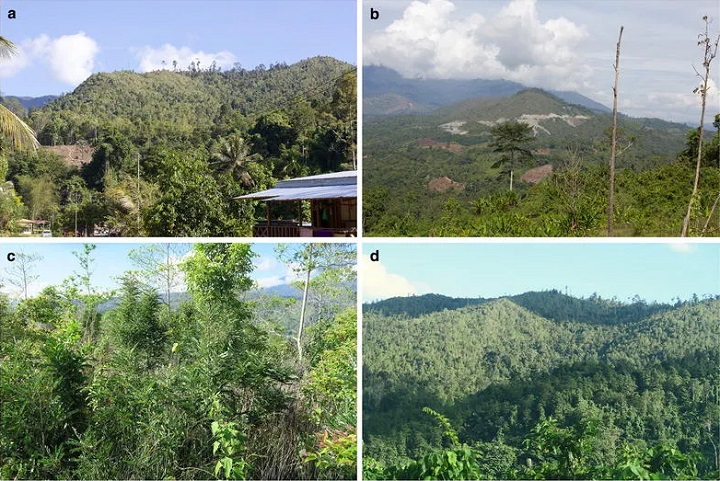
(Credit: Anthony van der Ent)
Once the scientists realised metal nickel-philia trait of this plant, they set up a small farm near Pahu village in Sabah. They also grew Phyllanthus rufuschaneyi plants collected from the wild inside pots filled with ultramafic soil, which is soil with high concentrations of trace elements.
Every 6 to 12 months, a farmer takes a piece of these metal-collecting trees for nickel extraction. According to The New York Times, the farmers could hold in their hands roughly 200 kilograms of nickel citrate after purification, which is potentially worth thousands of dollars on international markets.
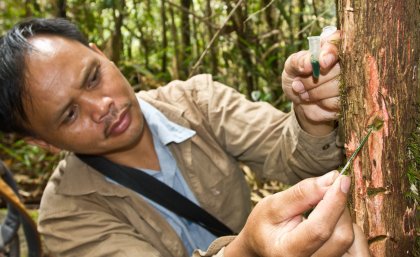
(Credit: Antony van der Ent via Science X Network)
How the metal-bleeding tree is going to save the environment
The Phyllanthus rufuschaneyi is actually classified as an endangered species according to International Union for Conservation of Nature and Natural Resources (IUCN) criteria.
This is because the tree exists in limited populations, growing in ultramafic soils and is highly vulnerable to recurring forest fires, excessive logging and the expansion of oil palm plantations in Sabah.
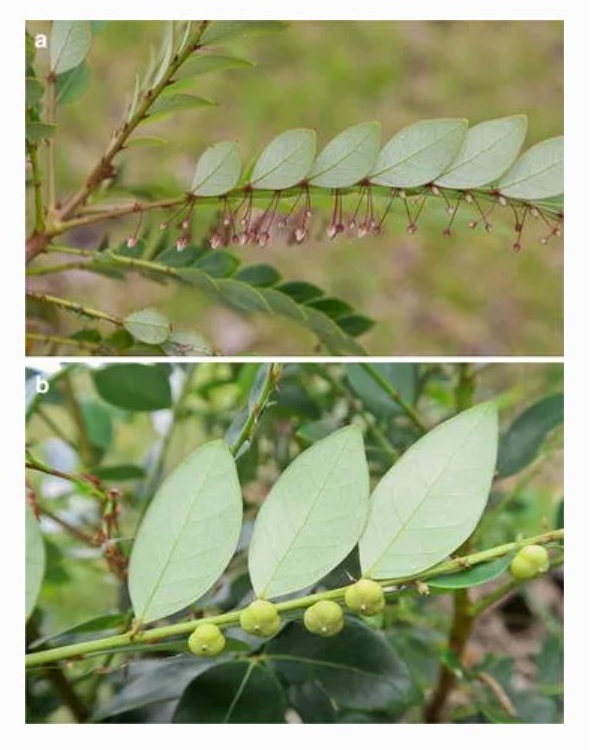
(Credit: Anthony van der Ent)
But the discovery of its metal absorbing and metal-bleeding capabilities just might be its saving grace. The New York Times says it could be the world’s most efficient, solar-powered mineral smelters.
Researchers who’ve spent years growing and extracting nickel from the tree suggest that this could have major implications for economic agromining.
However, the most valuable trait of this tree is its potential to rehabilitate toxic mining sites.
Mining activities generates large quantities of heavy metal waste (like nickel) which are often released in an uncontrolled manner and cause widespread contamination of the ecosystem. This leads to polluted waterways, great loss of biodiversity as well as health problems.
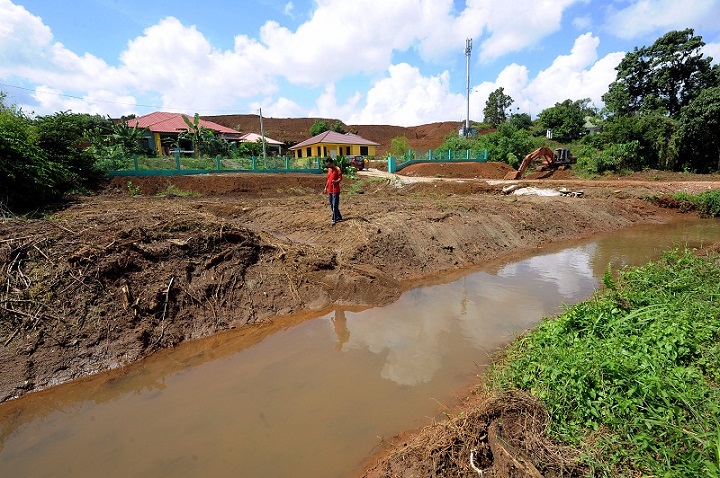
(Credit: Bernama via Malay Mail)
Roderick Bouman, one of the researchers involved in the Phyllanthus rufuschaneyi, told Science X Network that the plant had great potential in cleaning old mining areas polluted with heavy metals.
Since the plants can be harvested after a while, the dangerous metals are also taken out of the soil, leaving behind an environment suitable for the regrowth of lost flora and fauna.
Mining companies and even small-time farmers both can potentially benefit from cleaning up former mines while collecting some revenue as nickel is often used to make batteries, mobile phones, medical equipment, transportation and the creation of the ubiquitous stainless steel.
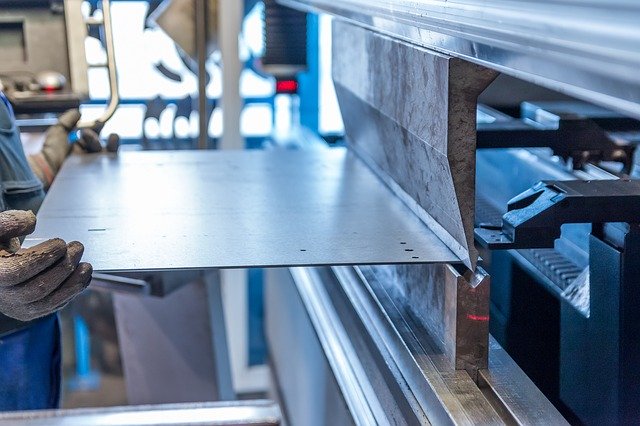
(Credit: Pixabay)
The future of the Sabah metal-bleeding tree
Right now, large scale metal farming has been conducted in Albania and USA. But with the promising research surrounding Sabah’s Phyllanthus rufuschaneyi, there is potential for the first tropical “metal farm”.
Different species of equally impressive nickel hyperaccumulators plants have also been discovered in New Caledonia, Indonesia and the Philippines, so it could be just a matter of time before the region becomes a hotbed of nickel agromining.
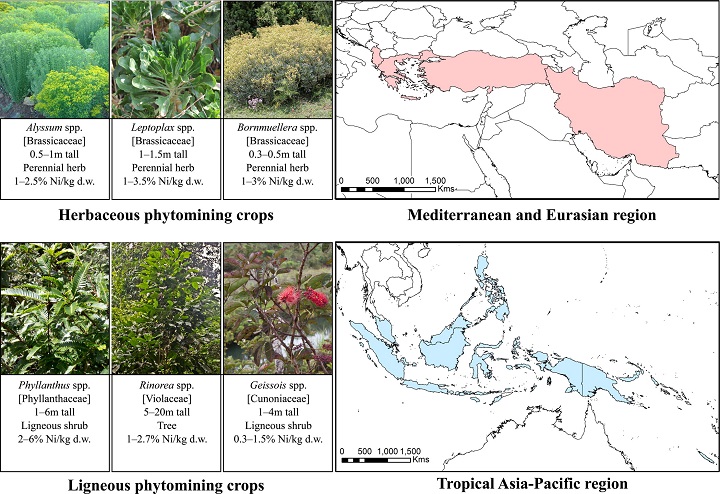
(Credit: A. Bani, G. Echevarria, A. van der Ent, P. Erskine)
Suffice to say, this Sabah tree that bleeds metal is probably the most metal thing about nature we’ve ever seen.
Have you ever heard of these metal-bleeding trees in Sabah? Let us know on TRP’s Facebook, Twitter, and Instagram!
She puts the pun in Punjabi. With a background in healthcare, lifestyle writing and memes, this lady's articles walk a fine line between pun-dai and pun-ishing.





